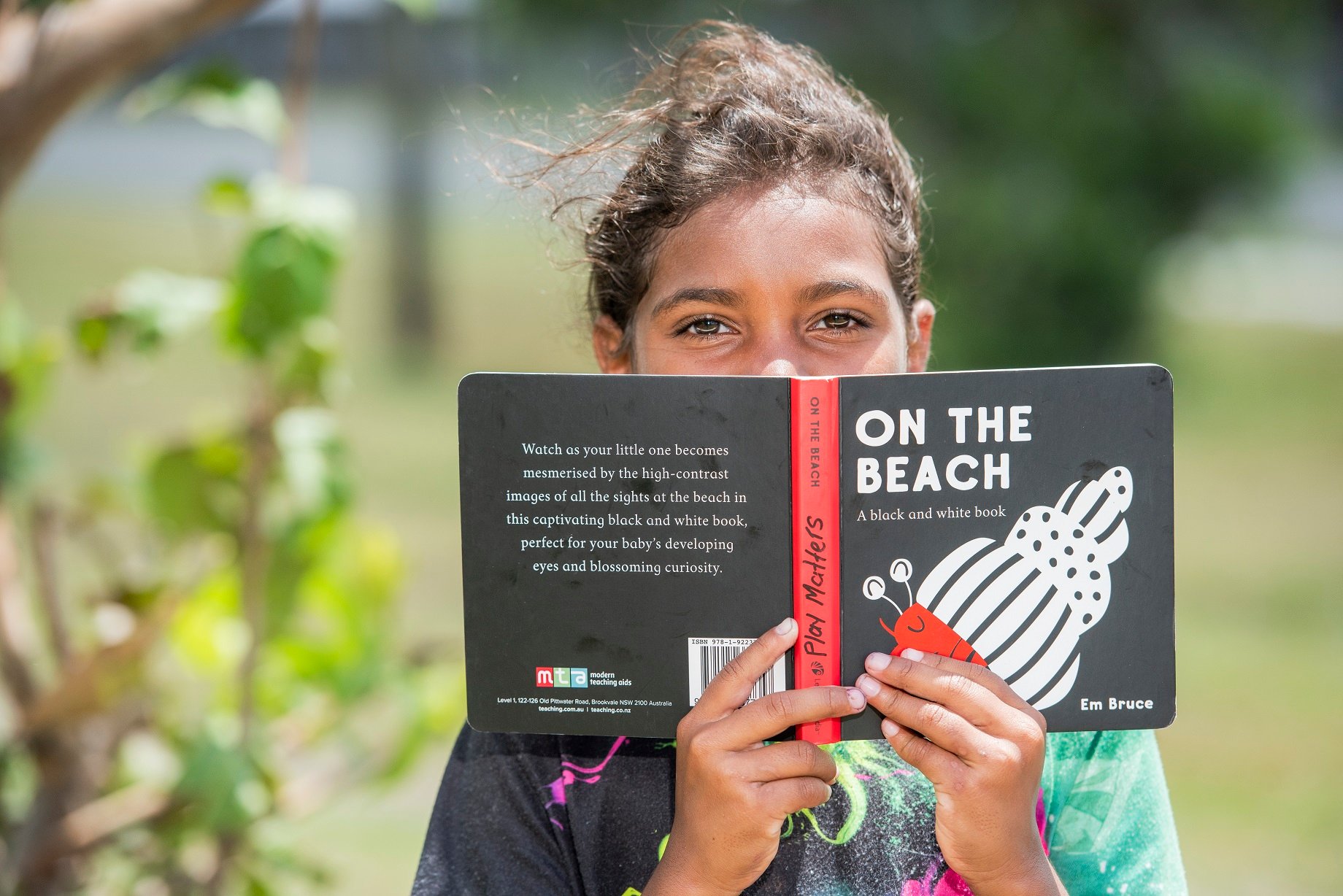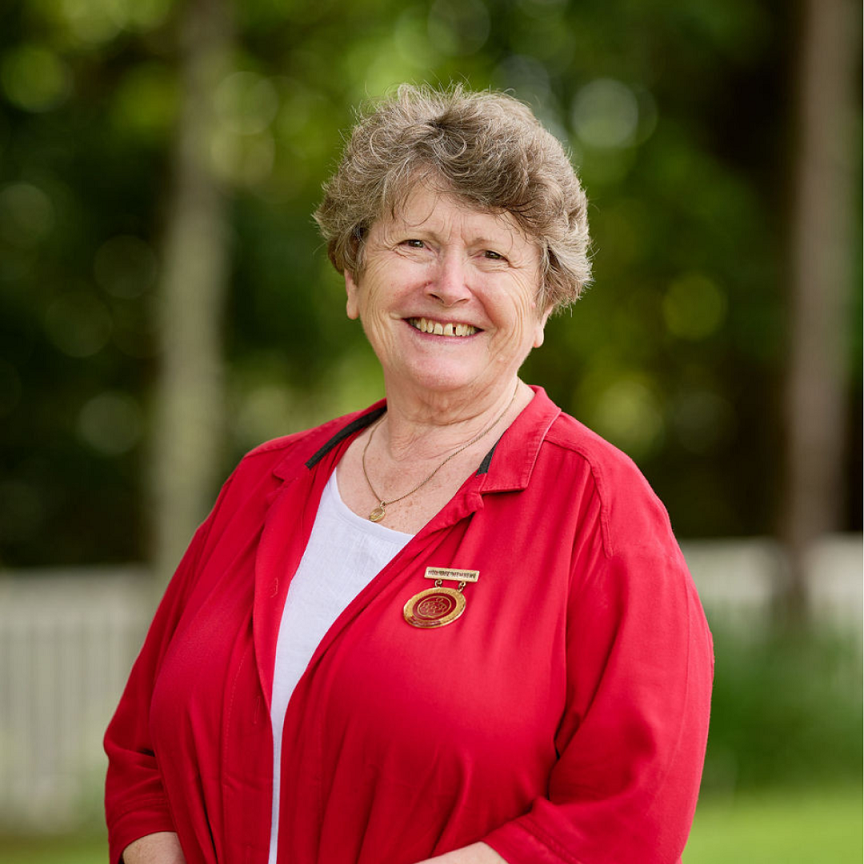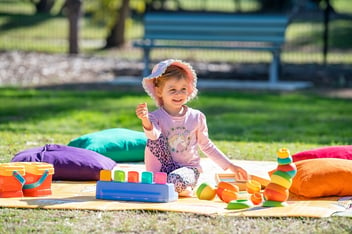
Storytime with Mother Earth: Exploring Stories that Celebrate our World
Blog > Storytime with Mother Earth: Exploring Stories that Celebrate our World

Storytime with Mother Earth: Exploring Stories that Celebrate our World

Every child loves a good story.
Watch their eyes widen as the wolf huffs and puffs at the house of the three little pigs, or listen to their giggles as they hear stories of funny animals like cats that can say Moo. Families and educators have used stories for thousands of years to tell tales that not only keep them entertained, but have an educational purpose to them as well. Storytime is a powerful tool for early childhood development because it helps children learn about new concepts, develop their imaginations, and build a strong foundation for literacy.
By tapping into emotions and relatable experiences, stories are much more memorable than a list of facts, so they’re ideal for teaching important messages like how to care for plants and animals and the importance of sustainability. When children hear and read stories about the natural world, they learn to appreciate its beauty and diversity and the importance of protecting our planet and its resources.
By choosing books about looking after our world, you’ll inspire an early love for sustainable action with actionable messages they’ll share throughout their lives.
.jpg?width=1710&height=1140&name=reading%20(4).jpg)
What does sustainability mean for children?
Sustainability is the ability to meet the needs of the present without compromising the ability of future generations to meet their own needs. It’s an important concept for children to learn about since they’re the ones who’ll inherit the unique and precious environment of our planet.
Many authors have tapped into the growing understanding of the importance of environmental education, and have created delightful reads to help you introduce children to the concept of caring for our environment. Books like The Digger and the Flower by Joseph Kuefler help children learn about the importance of protecting our native animals and plants, conserving our water resources, and reducing our impact on the environment.
.jpg?width=1614&height=1076&name=reading%20(3).jpg)
Sustainability books for 0-4 year olds:
Younger children will love these easy to read books for their colourful and bright images, and the simple, repetitive language is great for building early language skills as they follow along with the text.
Add these books to your home library, or check out your local library for a copy.
-
Dear Zoo (flap book) by Rod Campbell
-
Eco Baby: Oceans by Lorna Freytag
-
Backyard Birds by Helen Milroy
-
Isabella’s Garden by Glenda Millard
-
Please Help Planet Earth by Ladybird
-
Change Starts with Us by Sophie Beer
Sustainability books for 3-7 year olds:
Emerging readers will love these simple texts with easy to read language. The nature based imagery will inspire their imaginations as children learn about new environments and ecosystems. These books also make a great starting point for encouraging children to write their own nature based stories about things they see, hear, feel and experience in their backyards and local natural spaces.
-
Finding Wild by Megan Wagner Lloyd
-
When the Bees Buzzed Off! by Lula Bell
-
Rocket Says Clean Up! by Nathan Bryon
-
Where the Forest Meets the Sea by Jeannie Baker
-
Worms – the Mechanics of Organics by Kellie Bollard
-
Charlie & Lola: We are Extremely Very Good Recyclers by Lauren Child
Sustainability books for 4+ year olds:
Children of all ages will love these classic books that show how they small actions can change the world. Inspired by the work of Greta Thunberg, Greta and the Giants tells the tale of a small girl who lives in a beautiful forest that is threatened by giants. She must work to save the forest so it can be continue to be enjoyed. Likewise, these other books share inspiring tales of change makers who take on the challenges of protecting the environment with engaging narratives and beautiful illustrations.
-
Greta and the Giants by Zoe Tucker
-
Kate, Who Tamed The Wind by Liz Garton Scanlon
-
One Plastic Bag by Isatou Ceesay and the Recycling Women of Gambia
-
Trapped! A Whale’s Rescue by Robert Burleigh
The key to teaching our children about sustainability through stories is to choose books that are age-appropriate so they make understanding complex sustainability concepts easier. Sustainability can be a complex topic for adults to understand, let alone children. But storybooks help to break down these concepts into simple, understandable and relatable terms. For example, a storybook about recycling cardboard boxes teaches children about the lifecycle of cardboard and paper while showing them how we can reduce waste and protect our natural resources.
It’s also important to choose books that convey positive messages. We want to give children hope and confidence in their ability to make a difference - no matter how small it may be.
.jpg?width=1698&height=1132&name=reading%20(2).jpg)
Start a lifelong conversation
Sharing these books with children encourages them to think about what they use and how they use it. It also encourages them to talk about what sustainability means, ask questions and start to form their own opinions and thoughts on protecting the environment.
Each story contains an important message, so use it as an opportunity to let your child ponder and explore what sustainability means. Ask them what they think the book is about and what they can do to help protect our animals, plants, and ecosystems. You could also use the books as a starting point for discussions about recycling, conservation, and renewable energy.
Stories about caring for the world around them also help children develop a sense of responsibility. They learn to pick up after themselves, consider the people and animals around them and appreciate their belongings. You might start to notice small positive changes in their behaviour once you start introducing them to sustainability such as switching off lights when they leave the room, saving water from their bath to water plants and asking which bin to put their rubbish in.
Using story time to teach sustainability can also help children to:
-
Develop their imaginations
-
Build a strong foundation for literacy
-
Learn about different cultures and perspectives
-
Develop empathy for others
-
Feel connected to their community
Here are a few ways to use story time and sustainability books to teach children about specific sustainability topics:
Recycling: Read a book about recycling and talk about the importance of reducing waste and protecting our natural resources. Then have children help you sort recyclable materials from trash.
Conserving water: Read a book about the importance of using less water and talk about how their actions can help to protect our water supply. Then have children help you water the plants or wash the car using a bucket instead of a hose.
Renewable energy: Read a book about renewable energy and talk about how it can help us to reduce our reliance on fossil fuels. Then take children to a park or nature centre to see examples of renewable energy sources, such as solar panels and wind turbines.
.jpg?width=1840&height=1228&name=reading%20(6).jpg)
Stories shape our world
By using story time to teach children about sustainability in creative and engaging ways, we help children develop a deeper understanding of environmental issues and the importance of taking action to protect our planet. We also help them to become the next generation of changemakers who will work to protect our planet for future generations.
Do you have a favourite environmental storybook to share? Let us know which ones your little ones love the most.
Find a play experience near you:
Subscribe to our newsletter >
Related content:






.jpg?width=1840&height=1228&name=reading%20(5).jpg)
.jpg?width=2023&height=1349&name=reading%20(1).jpg)



%20(450%20x%20450%20px).png)